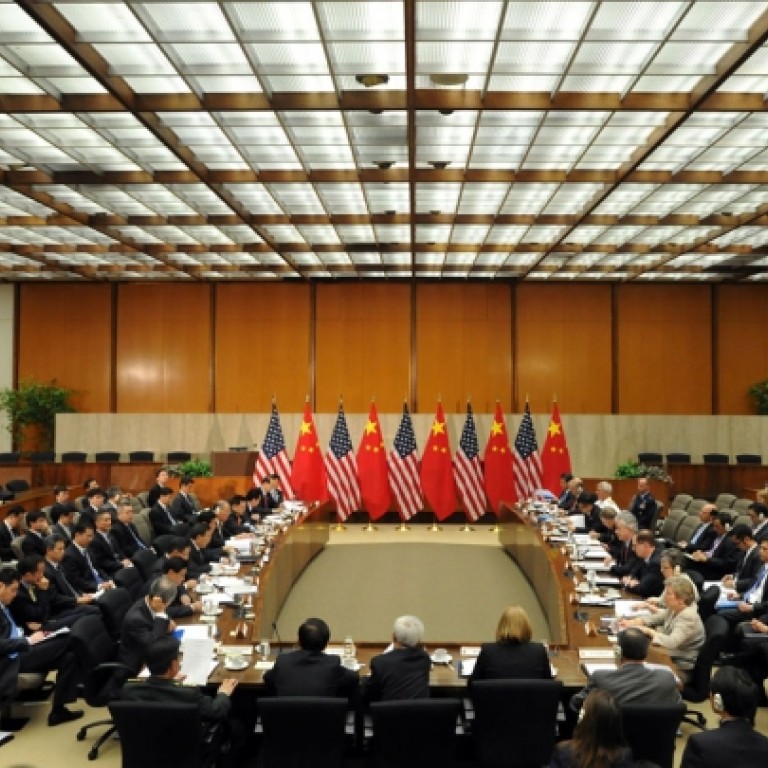
China and US build framework for understanding issues that divide them
The stage was set this week for turning a new page in relations between China and the US. The annual strategic and economic dialogue in Washington was the first since President Xi Jinping came to power.
The stage was set this week for turning a new page in relations between China and the US. The annual strategic and economic dialogue in Washington was the first since President Xi Jinping came to power. An informal summit between Xi and President Barack Obama had already laid the foundations by smoothing bumps on the way forward. New faces in the Chinese delegation were matched by a new line-up representing the second Obama administration. The Chinese side had talked of a "new model of major country relations".
With that lead-in, it was only natural for people on both sides to get their hopes up, and only to be expected that some of these hopes would be in conflict. For example, concerns over cyberespionage and theft continue to dog relations. US complaints about theft of commercial intellectual property prompted China to highlight the revelations of whistle-blower Edward Snowden about sweeping American surveillance of foreigners and Americans. The US in turn expressed displeasure that the Chinese government allowed Snowden to leave Hong Kong for Russia. Indeed, the Snowden affair appeared linked at times to frustration in bilateral relations. Even on North Korea, where Beijing and Washington have publicly come closer together, critics pointed to a conspicuous lack of any specific agreement on how to rein in the rogue state's missile and nuclear testing.
But dwelling on negatives overlooks the purpose of the dialogue, which is to provide a framework for understanding on issues that ultimately define Sino-US relations. That brings us to the economy and the agreement to restart stalled negotiations on a sweeping treaty to allow more investment in each other's economy. This was welcomed by the American business community and by Chinese Commerce Minister Gao Hucheng , who said both countries wanted to find ways to reduce differences and barriers that both sides placed in their investment and trade relations. Interestingly, the agreement comes as the American recovery gathers pace and China's growth slows as it reduces dependence on exports and capital investment. It is also good to see a series of bilateral initiatives to cut carbon emissions, which could signal more flexibility in negotiating positions at UN climate conferences.
As the world's two leading powers, China and the US need to be able to work together despite their inevitable differences. That is the real importance of the annual dialogue.

